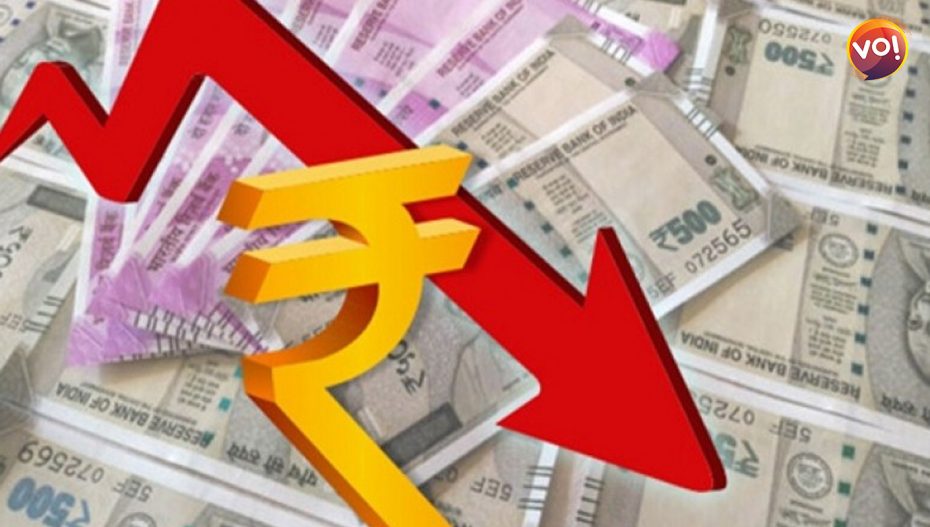What does it mean when rupee falls? Simply put, a fall in the value of a currency tells about its exchange rate versus other currencies.
Today, ₹77.41 can buy $1. In layman terms, the US$ is 77.41 times stronger that one Indian rupee. But has it fallen earlier? Yes. On several occasions. However, this week was a “nosedive” by 51 paise in one go. How does it affect us? Imports will be more expensive but our exports get cheaper for the currency-strong countries. The Indian government has to pay a extra for the same goods it was importing earlier. Oil imports will get costlier, which has a direct impact on prices of many other things – anything that needs to be transported will (if it hasn’t, already) now see an increase in its prices. There’s more to economic woes for India: For all its talk of “Aatmanirbhar Bharat,” India currently imports 85% of its oil demand and the rise in crude oil prices directly increases import bill and expenses. Oil is a crucial marker because all energy sources run on it. In short, all industry and transport are linked to oil.
A weaker rupee results in expensive imports, and contributes to inflation: India’s retail inflation surged to an 18-month high in April, largely driven by rising fuel and food prices and staying well above the RBI’s upper tolerance limit for a fourth consecutive month.
The share and investment markets: Your investment portfolio is likely to be affected. If foreign investors pull out of Indian equities, Indian currency depreciates, leading to a sharp decline in equity markets. Foreign investors have already pulled out over ₹6,400 crore from the Indian equity markets in the first four trading sessions of May when the Reserve Bank of India (RBI) and US Federal Reserve raised interest rates. Given the trends in terms of elevated crude oil prices and inflation market volatility is expected to remain high as foreign investors could continue to withdraw funds.
For the common man: Foreign education could get more expensive If you are planning to study abroad, you might have to restructure your budget because you will shell out more rupees for every dollar spent. Simply put, you will have to spend over 21% more in terms of rupee to buy the same number of dollars. If you budgeted ₹50 lakh for your education abroad, you will now have to increase it to ₹54.2 lakh.
Forget about that summer travel, leave alone an international trip: As the rupee loses value against the US dollar, your plans to travel abroad will burn a deeper hole in your pocket – like everything, paying for your purchases in foreign currency, more so the US dollar, is now more expensive than ever before.
On a last note: The value of any currency depends on its demand in the market. If the demand increases, its value goes up, which is known as appreciation. And if the demand for the currency declines its value depreciates. If more foreign investors invest in India businesses and projects, the demand for Indian currency goes up. To be able to invest in India, foreign companies have to first convert their currency into Indian rupees. This increase in demand for the rupee strengthens its value against the US dollar. Recently, more and more overseas investors have pulled out a big chunk of their money from the Indian market, consequently affecting market sentiment and currency’s decline. In 2022 alone, foreign investors have pulled out Rs 1.5 lakh crore. India has been a net importer, we import more than we export, the rupee has gradually depreciated over time.


















